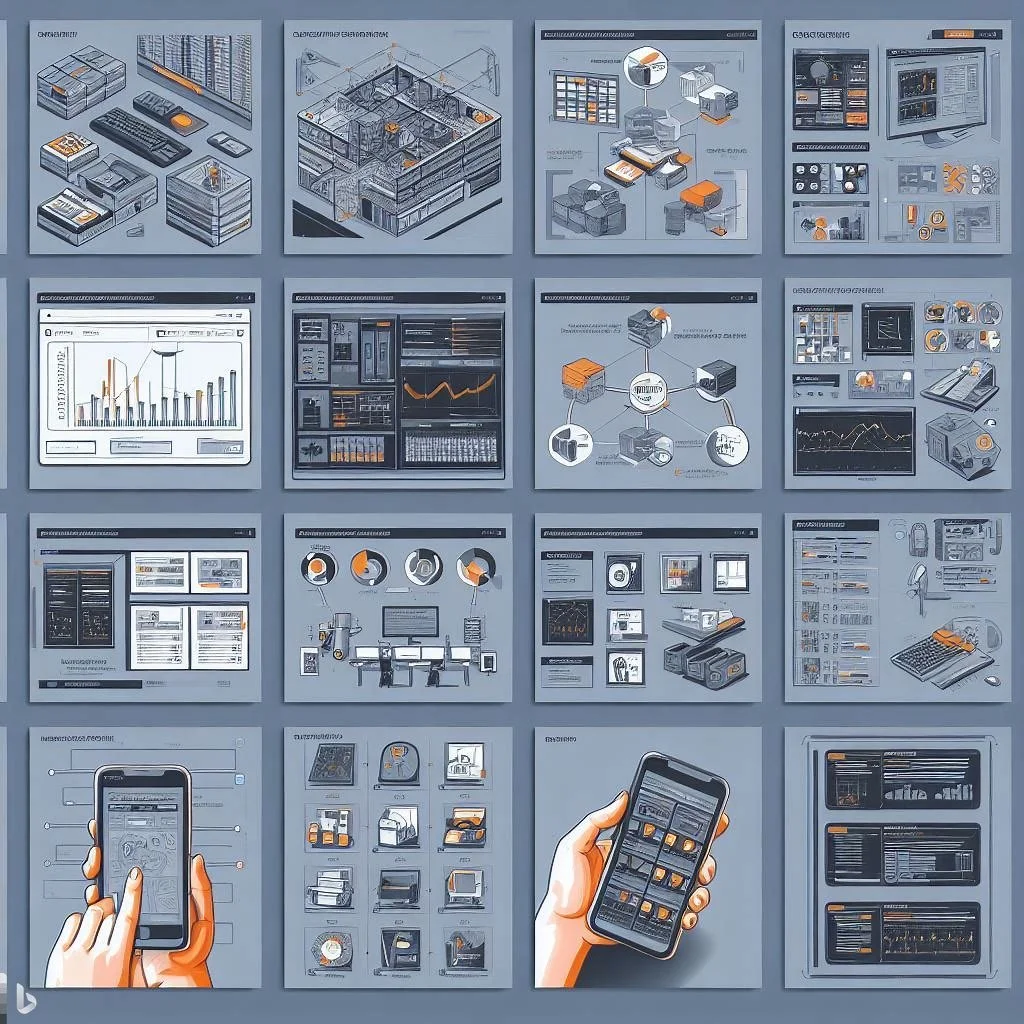As our digital world continues to advance, we are seeing more and more technological tools coming into play. As such, it is inevitable that data and IoT go hand in hand with one another. Data is prominent in terms of consumption and production, growing at a fast pace with each passing day.
With this increase in expansion, IoT is beginning to grow along with it, with approximately 30 billion IoT connected devices by the end of this year!
What Exactly is IoT?
It’s an interconnection of multiple devices, technologies, networks and human resources; all put together to achieve a shared goal. IoT-based applications have proved to provide benefits to the users, who have a wide span of applications to choose from, depending on which would suit each sector's needs.
Data analytics play an important role in IoT as data is integrated into the technology. The data that’s generated from IoT devices can only produce value if it is analyzed properly. Data analytics is a process in which large and small data is examined with different modes of data tools in order to extract patterns, trends, and stats.
Such results assist organizations in proactive rather than reactive planning. These conclusions allow a business to engage with the data while implementing effective decision-making for next steps.
Positive Outcomes for Your Business
By merging IoT with data analytics, you will certainly be striving for success! Analytics tools help your business comprehend and make use of their datasets. These 4 points will provide you with further explanation:
Volume: There is an immense amount of data that IoT applications stem from. Businesses using these resources need to manage these large amounts of data whilst analyzing the same dataset to configure patterns and trends within the data. This is why data analytics is beneficial, as this software can easily and efficiently analyze the data in real-time.
Structure: IoT devices have data sets that could potentially obtain a diverse structure system. Such as: unstructured, semi-structured and structured data sets. There could also be differences between the data types and formats - which can be analyzed by automated tools and software.
Revenue: Every business knows that insights are the way to go! And what better way to gain insight into your customers preferences than by using data analytics? Ultimately, this leads to offers and services in correlation with customer demands. As such, the revenue and profits gained will improve significantly for your organization.
Competition: When first starting out with IoT, you might be overwhelmed with the vast landscape of application developers and providers available to choose from. With data analytics, your time and money will be well spent. It will help your business gain a competitive advantage in the market.
Now that we know why data analytics are beneficial for IoT, let’s look at the different types of data analytics:
Streaming Analytics: (also known as event stream processing) This form of analytics is prominent in analyzing large, real-time data sets. With streaming real-time data, you’re able to analyze critical situations and provide an immediate response. The types of IoT apps that would benefit most from this are: air fleet tracking, traffic analysis and financial transactions.
Spatial Analytics: This method is used for geographical analyzation through varying patterns found in data sets. By taking these geographic patterns, you’re able to see what the spatial relationship is between physical objects. This method is especially useful for location-based IoT apps like smart parking.
Time Series Analytics: With an evident name, this method focuses on time-based data to be analyzed for trends and patterns. If you’re using IoT apps such as weather forecasts and health monitoring, this analytics form will prove to be beneficial.
Perspective Analysis: This method combines descriptive and predictive data analysis. It helps your business understand what the next steps should be in terms of action for particular situations. The best form of IoT applications for this would be commercial ones, whereby this information would be inputted into your analytics tool to gain greater conclusive results.
Climbing up the Ladder of Success
These IoT investments strongly benefit from the application and use of data analytics, as it has been proven time and time again! With the constant technological advancements, there are always new areas in which data analytics is able to be applied in correspondence with IoT.
For example, every business uses marketing to promote their products and reach out to their audience. Actionable marketing can be easily done with the application of data analytics to the product usage. Along with IoT analytics, which allows the safety and surveillance performances applicable through video sensors and data analytics methods.
So, to sum everything up, data analytics assists IoT in improving revenues, gaining a competitive advantage and increasing customer engagement.
Collaborating with ISU Corp will provide you with IoT and data analytical leverage. Contact us today to learn more!





















